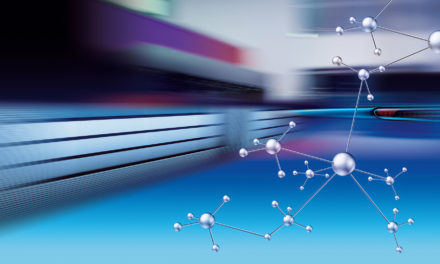From our experience most mature pharmaceutical plants contain equipment which is unused or stored within the confines of the “active manufacturing space” where the chemical/biochemical process is operating.
In most cases this is at best clutter which prevents efficient use of the space on the manufacturing floor. In worst case scenarios it is actually a massive impediment because it often prevents material, product, or personnel flow during the operation of the process.
Work arounds are often the result and inefficiency together with an increase in work related mistakes is the eventual outcome.
Whatever the outcome you choose to define, the impact on the manufacturability is to affect at least one of the following:
decreased finished goods productivity, increased cycle times, raised error frequency, increased waste production, increased accumulation of WIP (work in progress) and a disruption in workplace organization.
All of the above contribute to an unsatisfactory situation that must be resolved before a World Class Manufacturing situation is realized.
5S philosophy addresses this problem head on as follows:
- Sort: Only equipment and other items required to meet the manufacturing function are retained in the designated space. All other equipment is removed and either disposed of or returned from wherever it originated.
- Straighten :Once the above is complete, the essential equipment and instruments are appropriately labeled and put in a logical designated place within the space so that they can be easily found and used when required.
- Scrub: The place should be spotlessly cleaned and maintained to present the best and most uplifting workplace for the personnel to work in, as this is known to affect labor related productivity and accuracy. It is also a primary visual mechanism in the detection of an equipment failure, for example if there is a fluid leak. Leaking onto the floor of a clean work space aids in easy and early detection compared to a dirty and cluttered workspace.
- Systematic: Now the space is clean and orderly, a process to maintain this condition should be established to assure consistent and sustained performance.
- Standardize: This process is involved in the crystallization of new working habits associated with the clean and organized work areas. This requires good procedures, training and commitment from the workforce including management and shop floor personnel if lasting sustainable performance is to be realized. Success will require constant attention so that new working practices become habits which are automatic actions of human behavior.
Achieving successful 5S implementation like all of Lean implementation will require significant commitments from senior management and the workforce to overcome the inevitable resistance that is naturally associated with significant change.
Overcoming this resistance through cultural change will be the real challenge in implementing this Lean tool, but organizations should persevere to reap the benefits that long-term implementation will bring.





